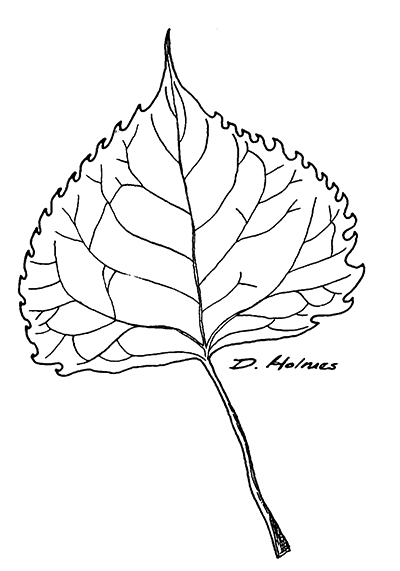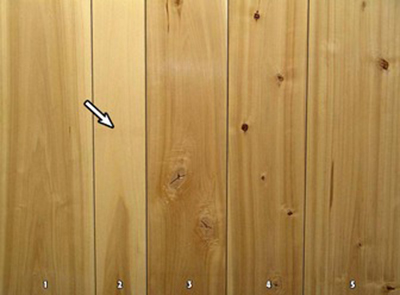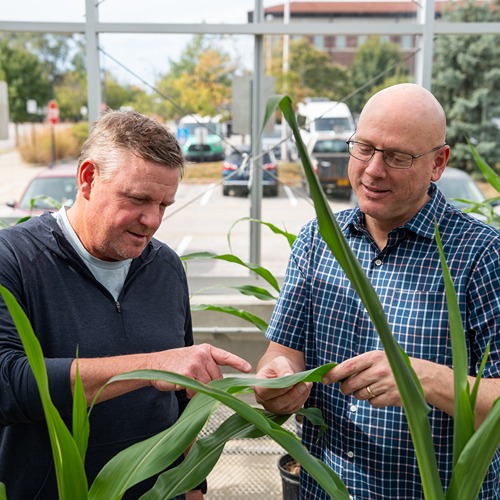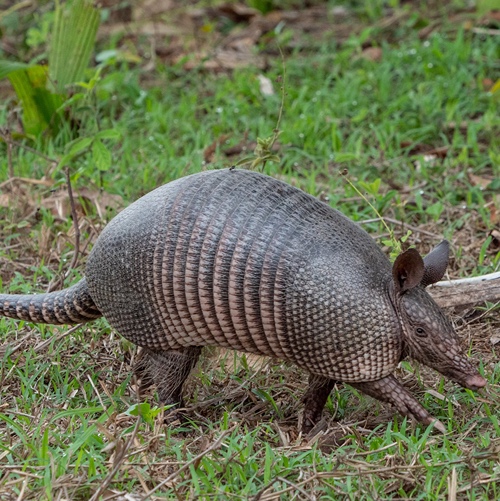Intro to Trees of Indiana: Cottonwood
The classic and trusted book "Fifty Common Trees of Indiana" by T.E. Shaw was published in 1956 as a user-friendly guide to local species. Nearly 70 years later, the publication has been updated through a joint effort by the Purdue Department of Forestry and Natural Resources, Indiana 4-H, and the Indiana Department of Natural Resources, and reintroduced as "An Introduction to Trees of Indiana."
A printed copy of the full publication is available for purchase for $7 in the Purdue Extension Education Store. The field guide helps identify common Indiana woodlot trees.
Each week, the Intro to Trees of Indiana web series will offer a sneak peek at one species from the book, paired with an ID That Tree video from Purdue Extension forester Lenny Farlee to help visualize each species as it stands in the woods. Threats to species health as well as also insight into the wood provided by the species, will be provided through additional resources as well as the Hardwoods of the Central Midwest exhibit of the Purdue Arboretum, if available.
 This week, we introduce the Cottonwood or Populus deltoides.
This week, we introduce the Cottonwood or Populus deltoides.
This large bottomland tree’s scientific name deltoides comes from the delta shape of the leaves, which are triangular, often with prominent teeth that resemble saw blades along the edges. This species is also named for its early season fruit, which is a little tuft of white hairs that holds a small seed and is produced in large quantities and often blown far from the parent tree.
Leaves, which are bright green on top and paler below, extend from long flattened leaf stems, which allow the leaves to flutter in the wind. The bark of young cottonwoods is smooth and yellow-green; the old bark is medium gray/brown and rough, with thick, flat ridges that run up and down the trunk.
This tree is found in moist river bottoms and stream bottoms and areas where there is flooding and new soil is created. It shades the streams, holds the soil in place on river bottoms and provides diversity to Indiana forests. Cottonwood is found from Saskatchewan through the Great Plains and east to the Appalachians and the southeast coastal plains.
This species grows rapidly and can be well over 100 feet in height and as large as three or foot feet in diameter.
 The wood of eastern cottonwood is very soft, but is strong for its weight. At 12 percent moisture content, it weighs 28 pounds per cubic foot, making it one of the lightest commercially available woods.
The wood of eastern cottonwood is very soft, but is strong for its weight. At 12 percent moisture content, it weighs 28 pounds per cubic foot, making it one of the lightest commercially available woods.
Cotton wood lumber is light weight and has the ability to be nailed or fastened without splitting. It has been used to manufacture boxes and crates and sometimes pallets where heavy loading will not occur. It is also used for caskets as well as concealed furniture parts, core stock and wherever a functional wood species is needed.
In the south, saw log sized timber can develop in 20 to 30 years. Most commercial grade lumber production is in the southern Mississippi Delta states, but it also commonly grows in lowland areas of the central states.
Other Resources:
Eastern Cottonwood - Hardwoods of the Central Midwest
Cottonwood – Hardwood Lumber and Veneer Series
Purdue Plant Doctor
Native Trees of the Midwest
Shrubs and Woody Vines of Indiana and the Midwest
ID That Tree YouTube playlist
Woodland Management Moment YouTube playlist
Investing in Indiana Woodlands
Forest Improvement Handbook





